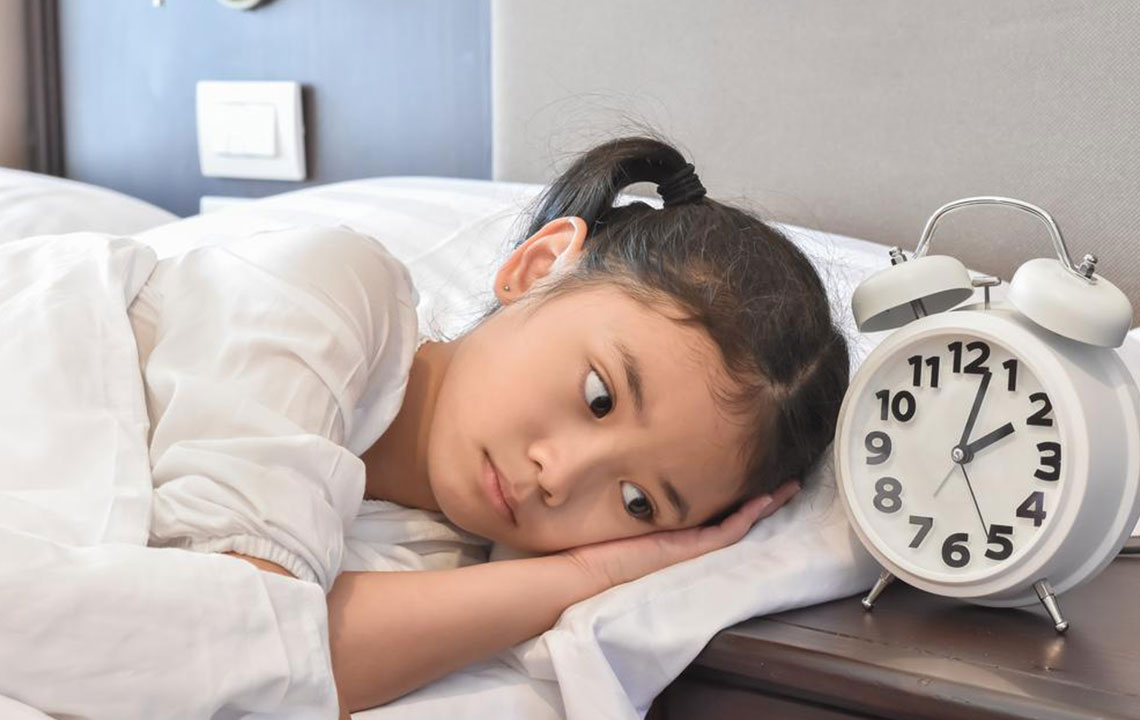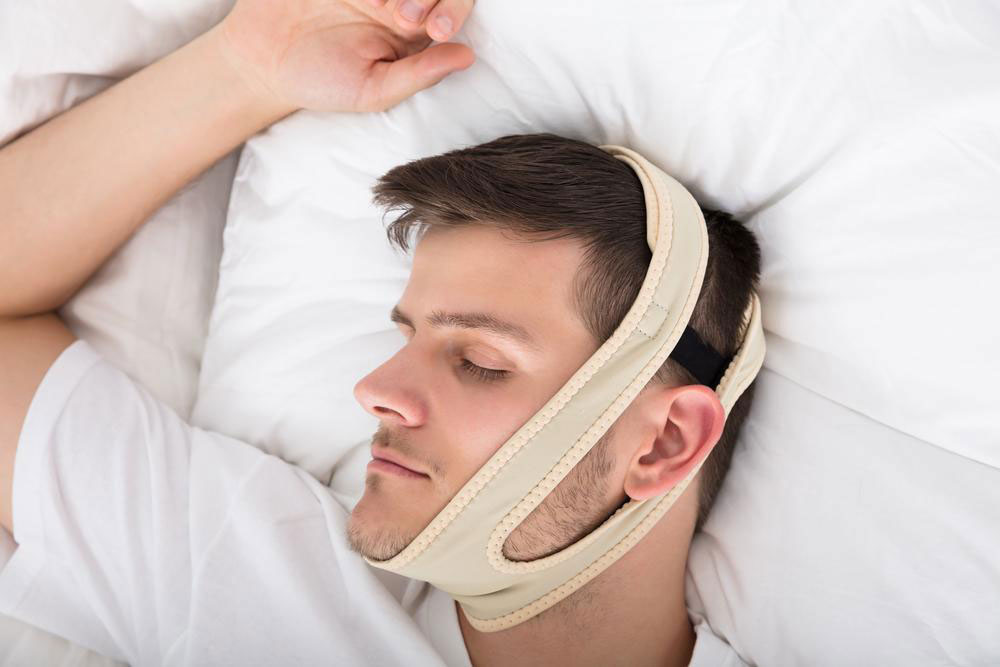Comprehensive Guide to CPAP Equipment and Replacement Supplies for Optimal Sleep Therapy
This detailed guide explores the essential components of CPAP therapy, their maintenance, and timely replacement to ensure effective treatment for sleep apnea. Regular upkeep of masks, filters, hoses, and humidifier parts can improve sleep quality, enhance device longevity, and prevent health risks. Learn expert tips and best practices for maintaining your CPAP system, ensuring continuous and comfortable sleep therapy. Optimal maintenance will extend your device’s lifespan, improve overall health, and help you achieve restful nights consistently. Essential reading for CPAP users seeking long-term comfort and effectiveness.

Continuous Positive Airway Pressure (CPAP) therapy has transformed the approach to managing sleep apnea, offering a reliable and effective solution for millions suffering from this sleep disorder. As a cornerstone treatment, CPAP provides a steady stream of pressurized air to keep airways open during sleep, preventing interruptions and promoting restful, restorative sleep. However, to ensure that this therapy remains effective over time, the various components of the CPAP system require regular maintenance, replacements, and care. In this comprehensive guide, we will explore every aspect of CPAP equipment, the necessity of timely replacements, and maintenance tips to maximize the lifespan of your device while ensuring continuous, high-quality sleep.
Understanding the importance of each component within your CPAP system is essential for proper upkeep and effective therapy. These components include masks, filters, hoses, humidifier parts, and various machine accessories. Regular inspection and replacement of these parts not only optimize device performance but also significantly reduce health risks associated with dirt, dust, microbial growth, or device malfunction. Proper maintenance routines can improve sleep quality, prevent discomfort, and prolong the lifespan of your CPAP machine, making your therapy more comfortable and effective in the long run.
Essential Components of CPAP Equipment and Their Maintenance
Every part of your CPAP system plays a critical role in delivering optimal therapy. Below, we detail each component, the signs indicating that they need replacing, and best practices for maintenance and replacement.
1. Masks and Their Components
The mask is one of the most vital parts of your CPAP system, serving as the interface between you and the machine. Masks come in various styles including nasal masks, full-face masks, and nasal pillows, each designed to cater to different comfort preferences and breathing needs. To maintain efficiency and comfort, mask components such as cushions, headgear, and clips must be replaced regularly. Usually, it's recommended to replace masks every 6 to 12 months, depending on usage and wear.
Signs that indicate it's time for a new mask include:
Leaks during therapy
Visible cracks, tears, or deterioration of the material
Persistent discomfort or skin irritation
Persistent noise or difficulty maintaining a seal
Replacing the mask and its components ensures a secure fit, minimizes air leaks, and enhances your overall sleep experience.
2. Filters – Ensuring Clean, Safe Air
Filters are crucial for trapping dust, pollen, microbes, and other airborne particles, ensuring you breathe in clean, safe air during your sleep. Most CPAP systems utilize either disposable or reusable filters. Disposable filters typically need replacement approximately every four weeks, especially when they become discolored or clogged. Reusable filters require regular cleaning, usually once a week, and should be replaced roughly every six months to maintain their efficiency.
Neglecting filter maintenance can lead to compromised airflow, buildup of mold or bacteria, and ultimately, decreased device efficiency and health risks. Regularly inspecting your filters and adhering to replacement schedules ensures that your CPAP system continues to provide clean and safe airflow throughout the night.
3. Hoses and Tubing Maintenance
The hoses connect your CPAP machine to your mask, serving as conduits for pressurized air. As they are exposed to moisture and constant use, hoses can accumulate bacteria, dust, and other contaminants. It's essential to clean hoses regularly, approximately weekly, using specialized brushes or rinsing with mild soapy water, then allowing them to air dry thoroughly.
If cleaning does not restore airflow quality, or if hoses develop cracks, leaks, or other damage, replacing them becomes necessary. Most manufacturers recommend replacing hoses every 3 to 6 months to ensure optimal airflow and hygiene. Using damaged or dirty hoses can diminish the effectiveness of your therapy and increase health risks.
4. Humidifier Components and Moisture Control
The humidifier adds moisture to the airflow, preventing dryness and irritation of the nasal passages and throat. Components such as water chambers and seals can wear down or develop mold over time. If you notice cracks, mold, or malfunctioning temperature controls, replacing these parts is crucial.
Many modern CPAP devices come with adjustable humidity settings, allowing you to customize moisture levels for maximum comfort. Regular cleaning of humidifier chambers, along with replacement of cracked or worn seals, ensures hygiene and proper functioning of the humidification system. Typically, water chambers should be replaced every 6 to 12 months or sooner if deterioration occurs.
5. Machine Accessories and Additional Parts
Other accessories, such as power cords, external panels, filters, and headgear, also require periodic replacement or repairs. Power cords should be checked regularly for damage or frays and replaced immediately if any issues are detected. Similarly, external device accessories, like pressure sensors or adapters, should be replaced if malfunctioning.
Ultimately, routine inspection and prompt replacement of these parts ensure your CPAP system continues to operate reliably. Proper maintenance not only extends your device’s lifespan but also maintains the quality and safety of your sleep therapy.
Best Practices for Maintaining Your CPAP System
Maintaining your CPAP system involves daily, weekly, and monthly routines. Here are some best practices to ensure your equipment stays in optimal condition:
Daily: Wash your masks and humidifier reservoirs daily with warm, soapy water. Inspect hoses for signs of wear, and replace if necessary.
Weekly: Clean or replace filters, disinfect your mask and tubing, and check your device for any damages or leaks.
Monthly: Replace filters, hoses, and masks according to the manufacturer guidelines. Schedule professional check-ups periodically to ensure proper device functioning.
Adhering to these routines not only improves your sleep quality but also prevents potential health complications arising from poor equipment hygiene or malfunction.
Conclusion
Proper maintenance and timely replacement of CPAP supplies are essential for effective sleep apnea therapy. Regularly inspecting masks, filters, hoses, humidifier parts, and accessories ensures your device functions optimally, providing safe, comfortable, and effective treatment. Investing in the care of your CPAP system not only enhances your sleep quality but also prolongs the lifespan of the device, saving you money and time in the long run. Remember, consistent maintenance, scheduled replacements, and professional consultations are key to enjoying the full benefits of your CPAP therapy and achieving restful, rejuvenating sleep night after night.





